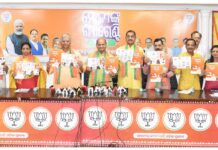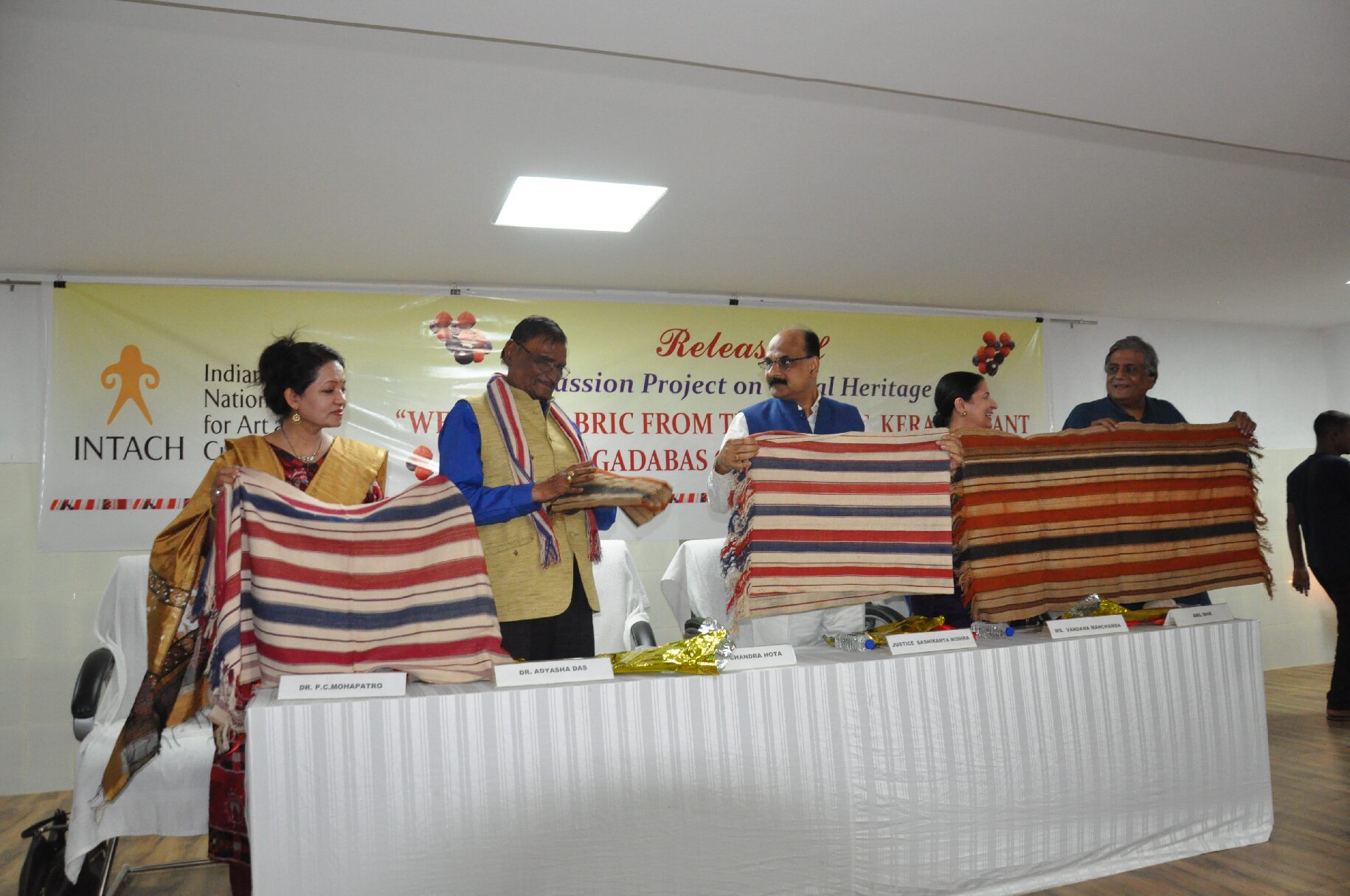Amendment to Aircraft Rules, 1937, officially notified in the Gazette on October 10, 2023, mark a crucial shift in promoting ease of doing business and ensuring safety and security within the aviation sector. This is a Significant Step towards Strengthening Aviation Safety and Ease of Doing Businessin aviation regulation with the amendment to the Aircraft Rules, 1937.
The Amendment to the aircraft rules, 1937 is a result of substantial consultations with stakeholders in the industry, aimed at providing the necessary reform measures to strengthen the existing regulatory safety and security framework. These amendments align India’s aviation regulations with the International Civil Aviation Organization’s (ICAO) Standards and Recommended Practices (SARPs) and international best practices. A portion of these reforms have been already notified vide Gazette Notification dated 13.04.2023 with Amendment to the Aircraft (Demolition of Obstructions caused by Building and Trees, etc.) Rules, 1994.
One of the key highlights of the Amendment to the Aircraft Rules, 1937 is the revision of Rule 39C. Under this amendment, the validity of licenses in relation to Airline Transport Pilot License (ATPL) and Commercial Pilot License (CPL) holders has been increased from five years to ten years. This change is expected to reduce administrative burden on pilots and aviation authorities like DGCA, promoting a more streamlined and efficient licensing process.
The Amendment to Aircraft Rules, 1937 introduces key changes under Rule 66, addressing concerns related to the display of “false lights” in the vicinity of an aerodrome. This update clarifies that the term “light” encompasses lantern lights, wish kites, and laser lights. The government’s jurisdiction over those exhibiting such lights has been extended from 5 kilometres to 5 nautical miles around an aerodrome. Furthermore, it is made explicit that the government possesses the authority to take action against individuals displaying lights that disrupt the safe operation of aircraft or pose hazards to the operating crew. Should such lights remain unattended for 24 hours, the government is empowered to enter the location and extinguish them. Simultaneously, the matter shall be reported to the relevant police station for legal action under the Indian Penal Code (IPC). When the source of the observed light is unidentifiable or if it shifts locations, the airport or airline operator is obligated to promptly report the incident to the local police station, initiating potential criminal proceedings.
Additionally, Rule 118 for validation of foreign licenses has been removed as being redundant. This change signifies aligning the regulations with the evolving needs of the aviation sector.
Additionally, a clause to liberalise the recency and competency requirements while ensuring continued competence for Air Traffic Controller License holders has been added under Schedule III. This change offers increased flexibility to accommodate situations with limited movements or watch hours, Air Traffic Controller license holders must complete a minimum of ten hours of simulated exercises, including emergencies. Subsequently, they must undergo a skill assessment for their respective rating within ten consecutive days of commencing these exercises.
These amendments to the Aircraft Rules, 1937 represent a significant step towards strengthening aviation safety, security, and the ease of doing business within the aviation sector in India.These reforms will enhance the growth and sustainability of the aviation industry, ensuring it remains at the forefront of global aviation standards.







































